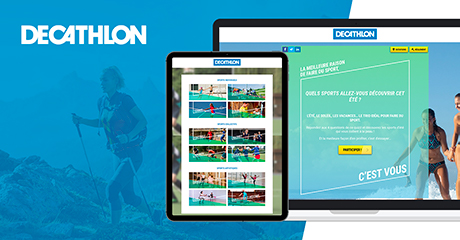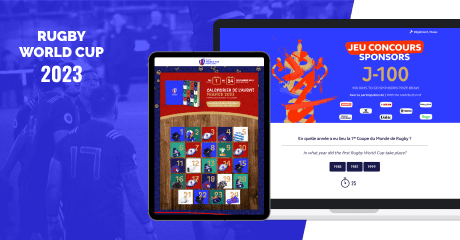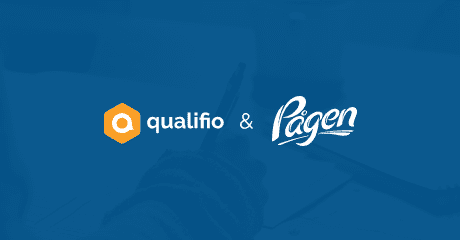Is the cost per lead the best way to measure the success of your interactive marketing campaigns?
In the last blog post I wrote, I mentioned different ways to assess the impact of interactive content on your marketing performance. This sparked an interesting debate with some of my colleagues working with brands: “Should we measure the success of our campaigns by the cost per lead incurred?”
Because this is a question frequently asked by our customers, I thought it might be interesting to write an article about it. So here we go: is the cost per lead (CPL) the best way to measure the success of your interactive marketing campaigns? I thought that was the case, but it isn’t. Let me tell you why.
- The CPL could be a good way to proceed because it’s the result of your entire campaign. It encompasses how effectively you drive traffic, the appeal of your idea, how your customers interact with your format, etc.
- But, it is not the case, for the same reason. The CPL is a metric too broad, affected by many factors, the interactivity being only one factor among many.
A campaign has three parts that need to be analysed differently
If I need to analyse a campaign, I usually do it in three parts:
- Ideation (the concept of the campaign). It’s the creative process of generating and developing new ideas that can be done either by your team or by an agency.
- Online and offline activation. It’s the use of your paid and earned media to distribute the campaign. For a brand, we’re talking about media buying. I refer here to the quality of your brand in terms of performance marketing and the effectiveness with which you attract traffic/exposure. Basically, how much do you pay per impression and how many impressions are made. Usually, that’s where the money is, and it’s a variable cost.
- Conversion. This refers to your user’s behaviour on-page, what they do once they land on your website. Here we talk about UX, design, CRO, page speed, interactivity, etc. This is also where I evaluate the value of an interactive format such as those offered by Qualifio. The costs are mainly a subscription, and it is also a fixed cost.
Each part of the campaign must be evaluated differently, but what affects the cost of the campaign (and the CPL) are mainly the variable costs. The question is: how much do we have to pay to attract people? Of course, a creative concept will make the campaign more attractive, and the right format will reduce costs, but that’s another matter.
My point is that since money is usually spent on buying media, this “part” of the campaign has a more significant impact on the cost than the concept itself and, by far, than the “on-the-spot behaviour”.
Why CPL is not the metric to analyse the success of your campaign
The conversion of a campaign should be measured in terms of performance, not cost. This involves using your conversion metrics (such as conversion rate) or engagement metrics (bounce rate, session duration, page per session, etc.). Almost all costs are made before a user arrives on your website. Thus, work on his behaviour by improving the performance of your pages (by using interactive content or not) to get the expected results.
The CPL is the result of many factors, a trigger to see where we are succeeding or where we need to improve. Is it more expensive than expected? Let’s ask ourselves why:
- Was the concept not attractive? Next time, ask your customers to give you more information to better address them. Set up a meeting with your agency or team and make sure the problem is correctly handled.
- A traffic problem? Analyse, compare, and if necessary, rethink your approach to paid media and work on your owned media.
- A conversion problem? Analyse, compare and work on your UX (interactive vs static content).
- The value exchange between your brand and the customers? Analyse and compare your campaign with other campaigns where you give out rewards such as prizes, coupons, etc.
As you can see, many factors can explain why a campaign does not achieve the desired results, and each factor has a different approach, which is not always related to cost. The CPL is a good indicator of the performance of an overall campaign, but it is not the right one to measure the success of an “interactive” campaign. This is why I defend the fact that we should measure the interactive component not in terms of cost, but in terms of conversion and the behaviour of your audience.
→ Discover how Decathlon uses interactive content in its marketing strategy ←








